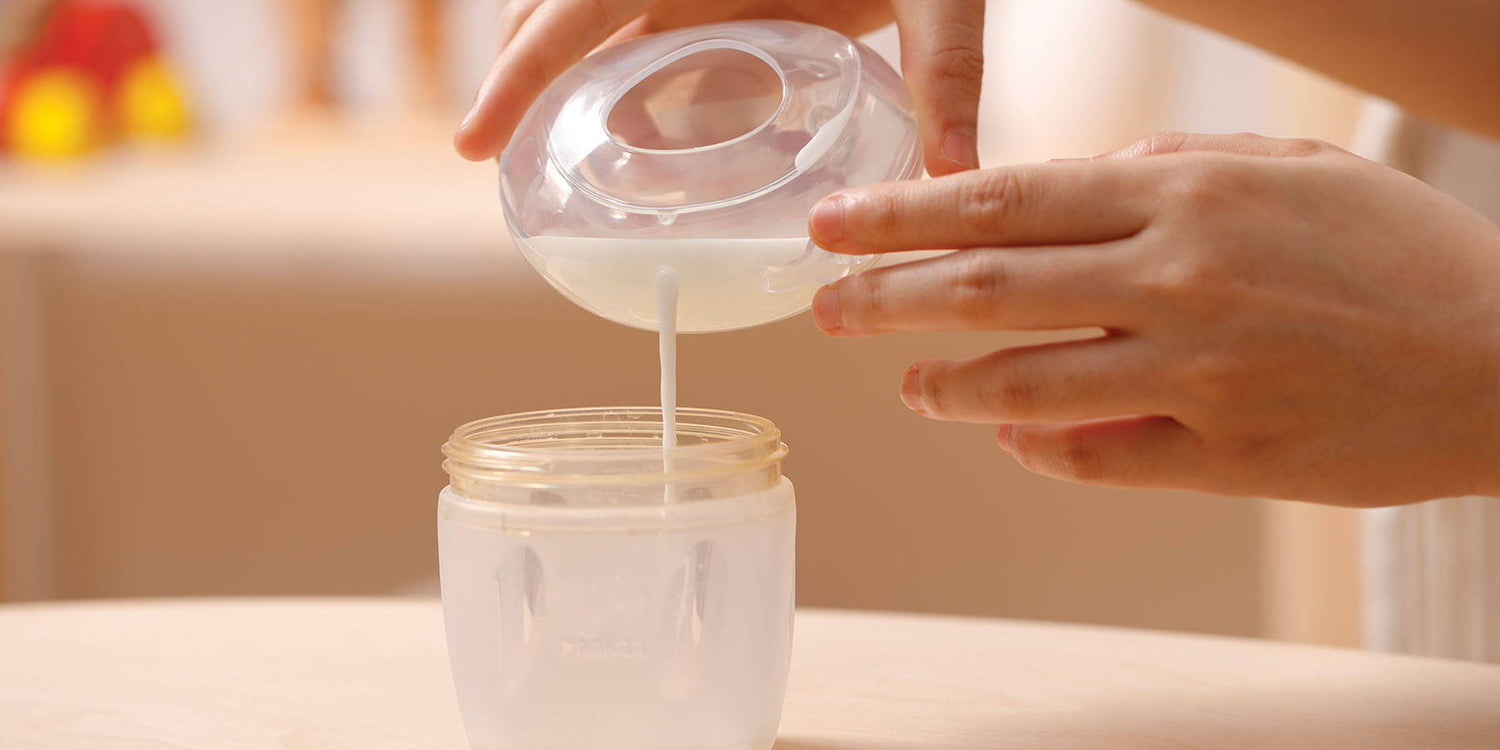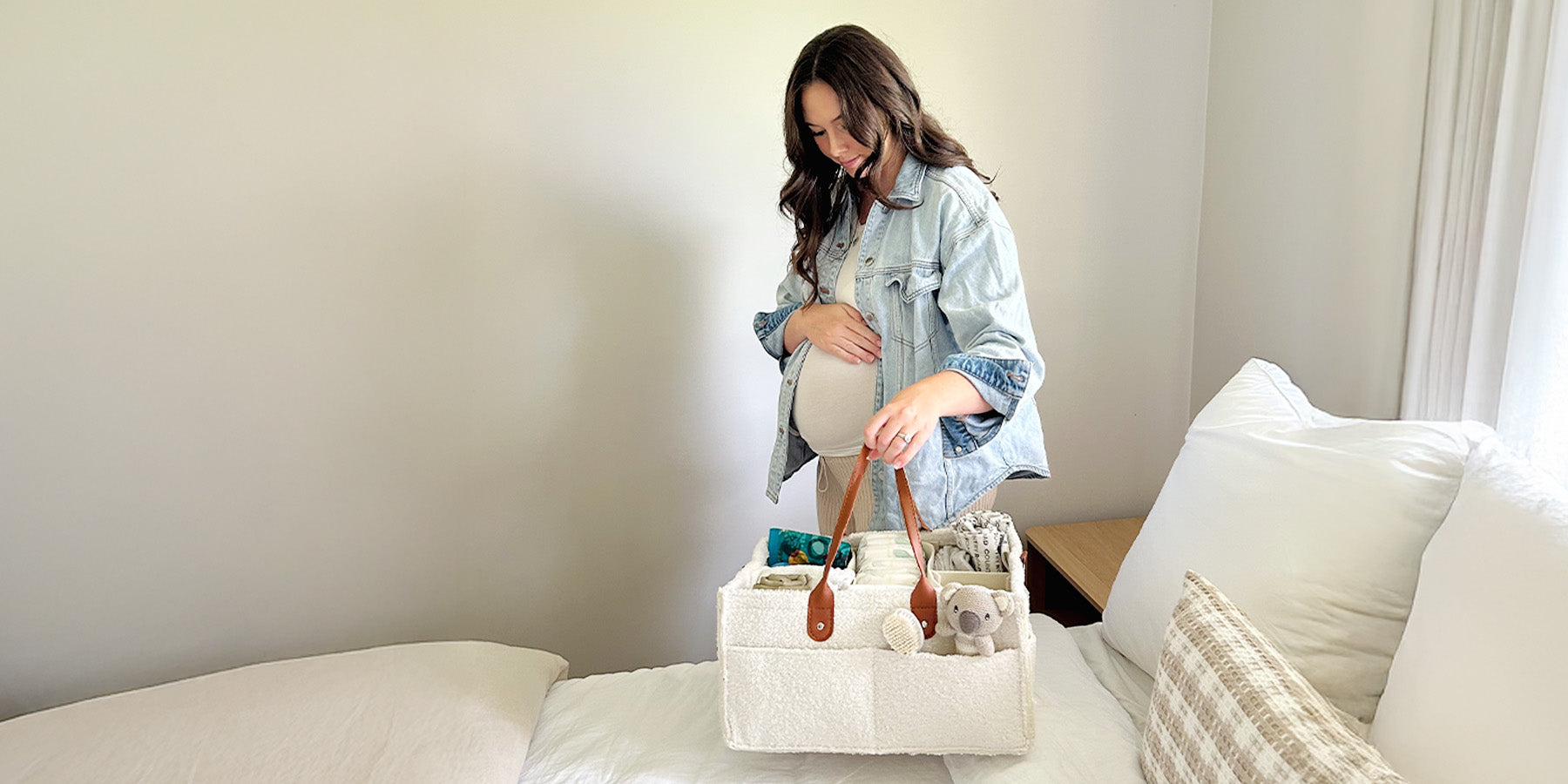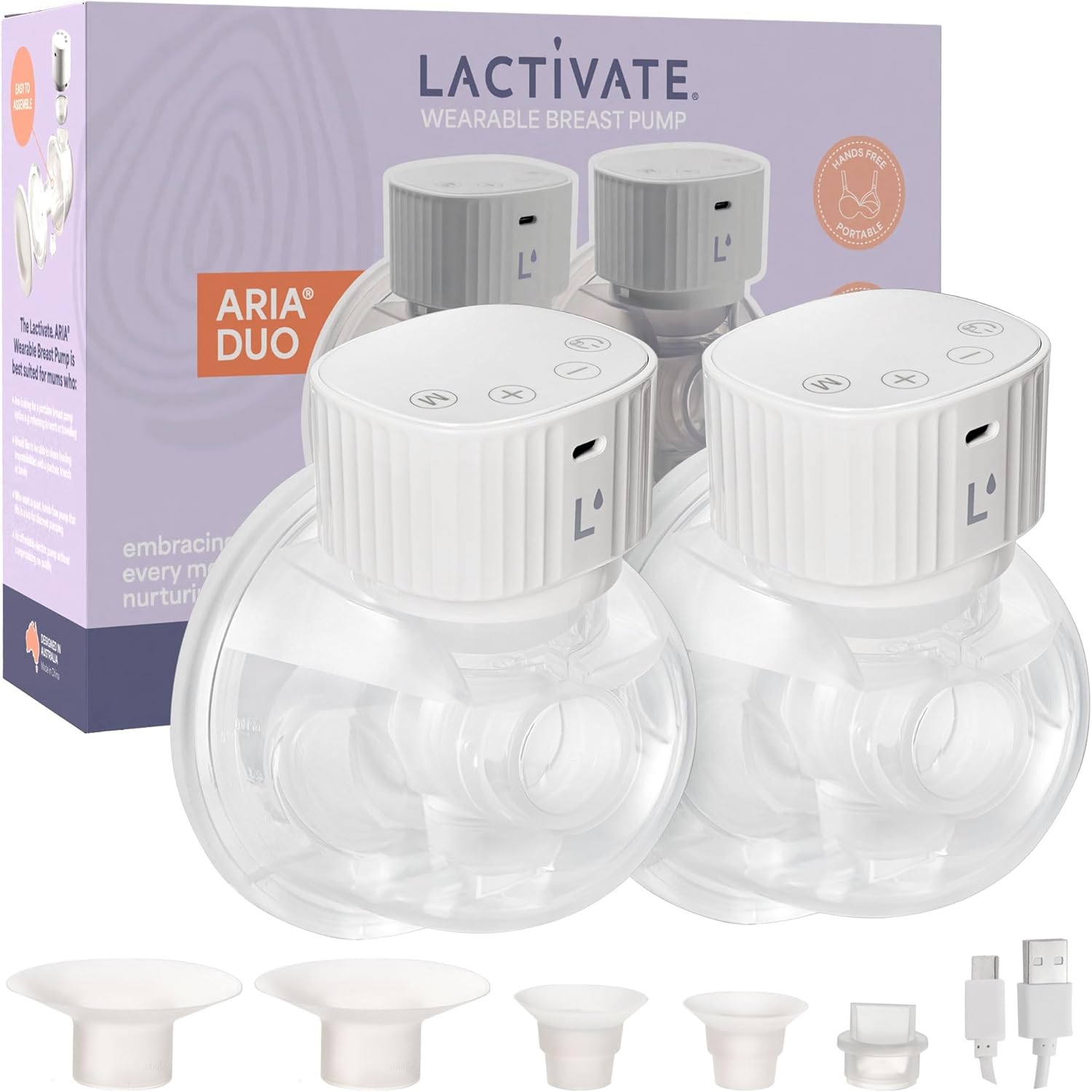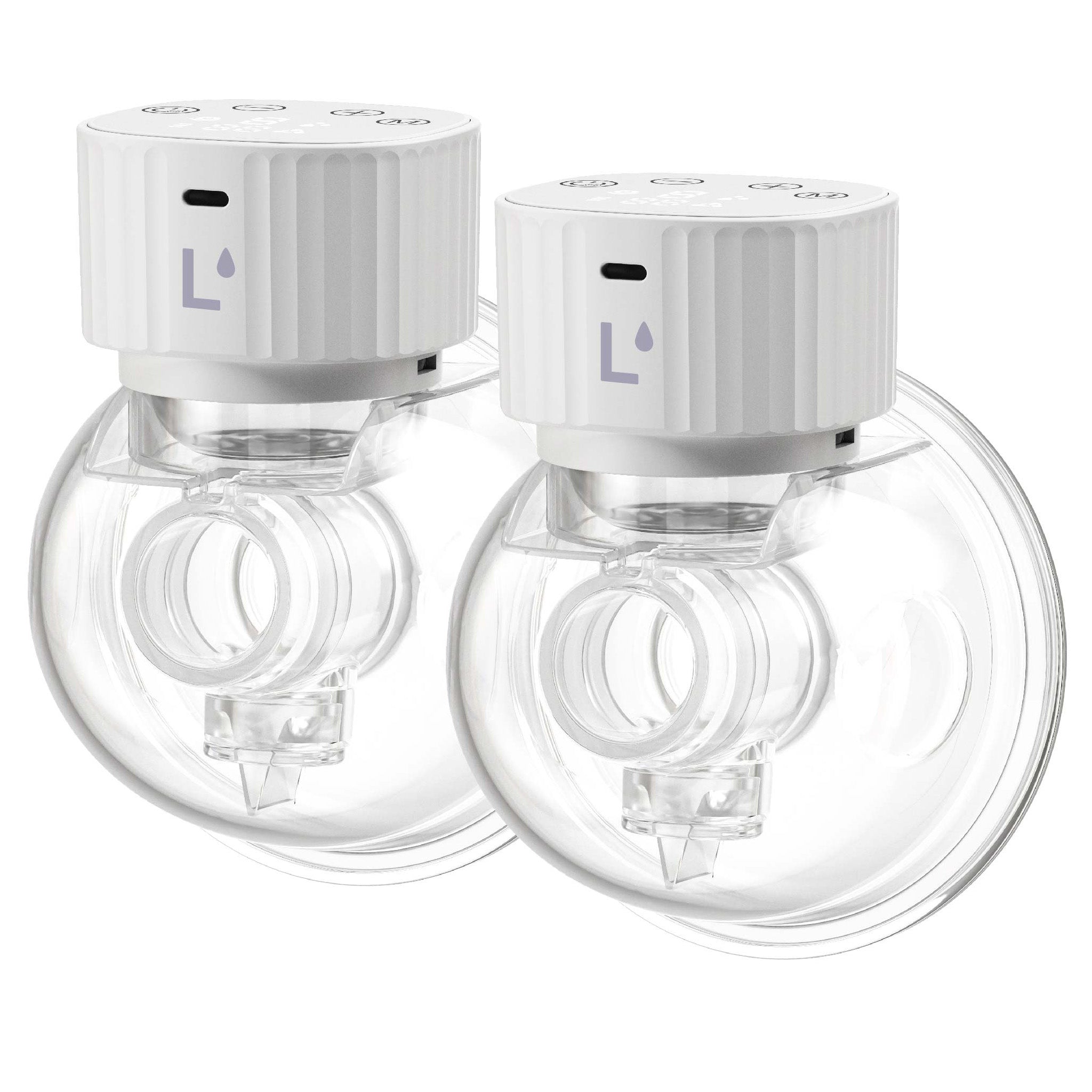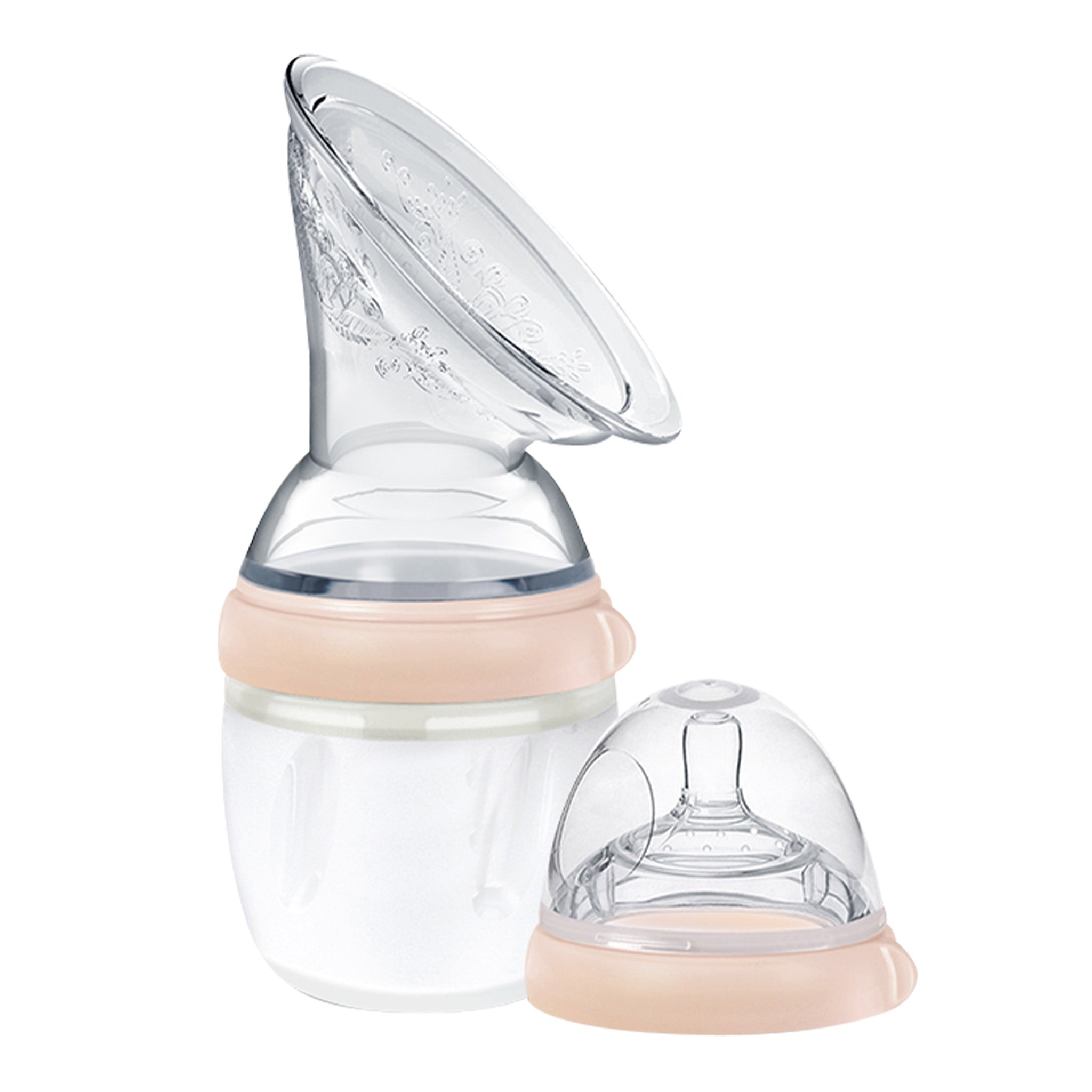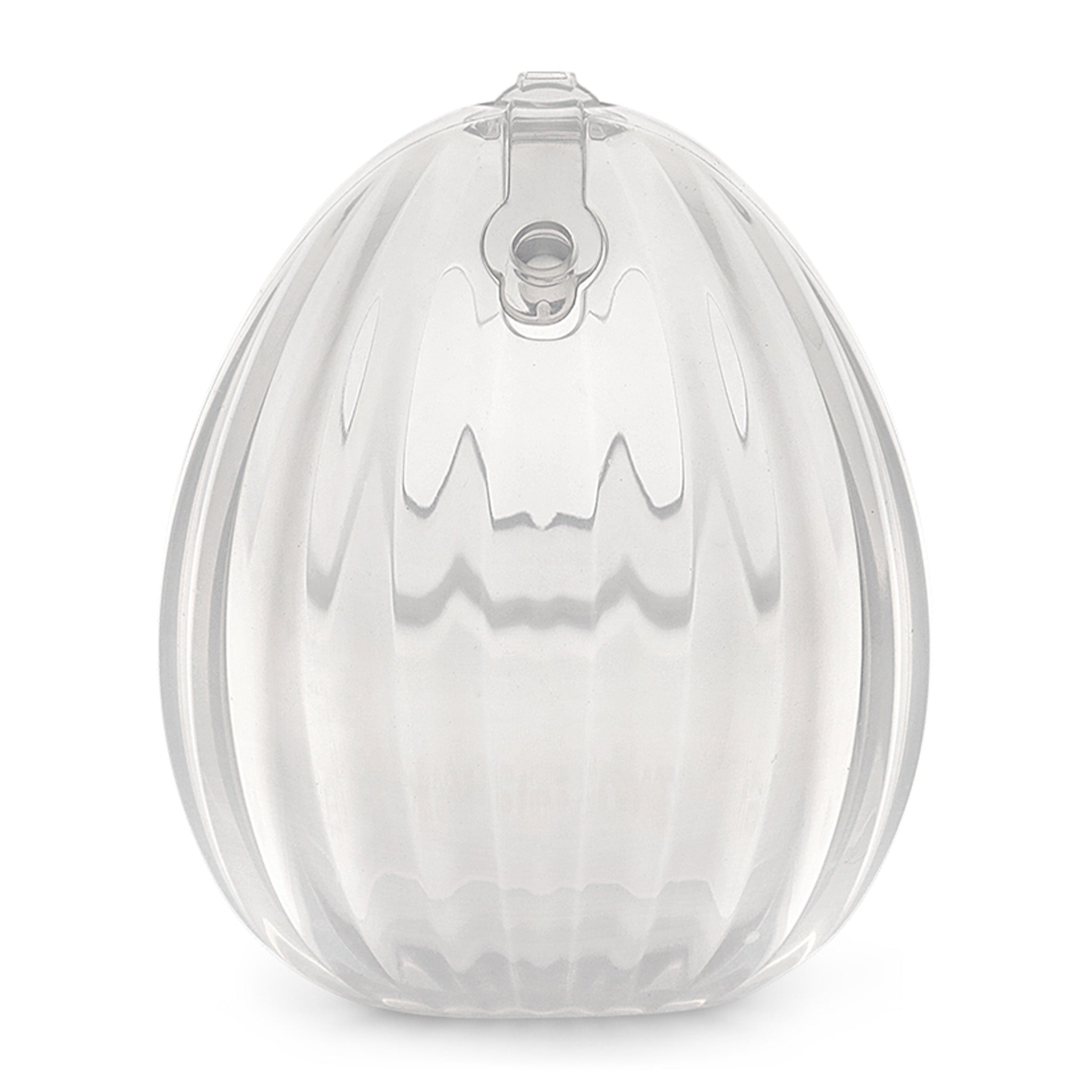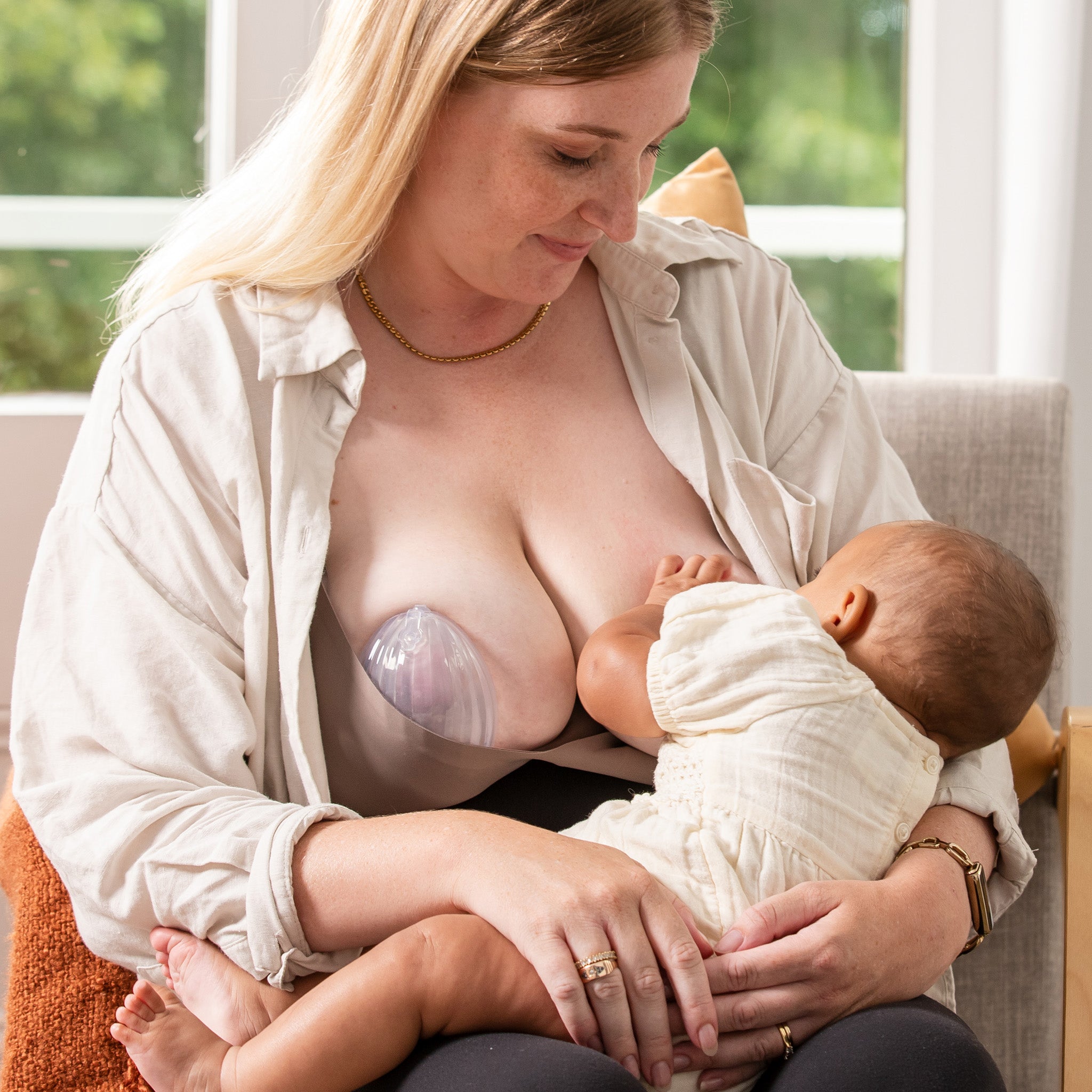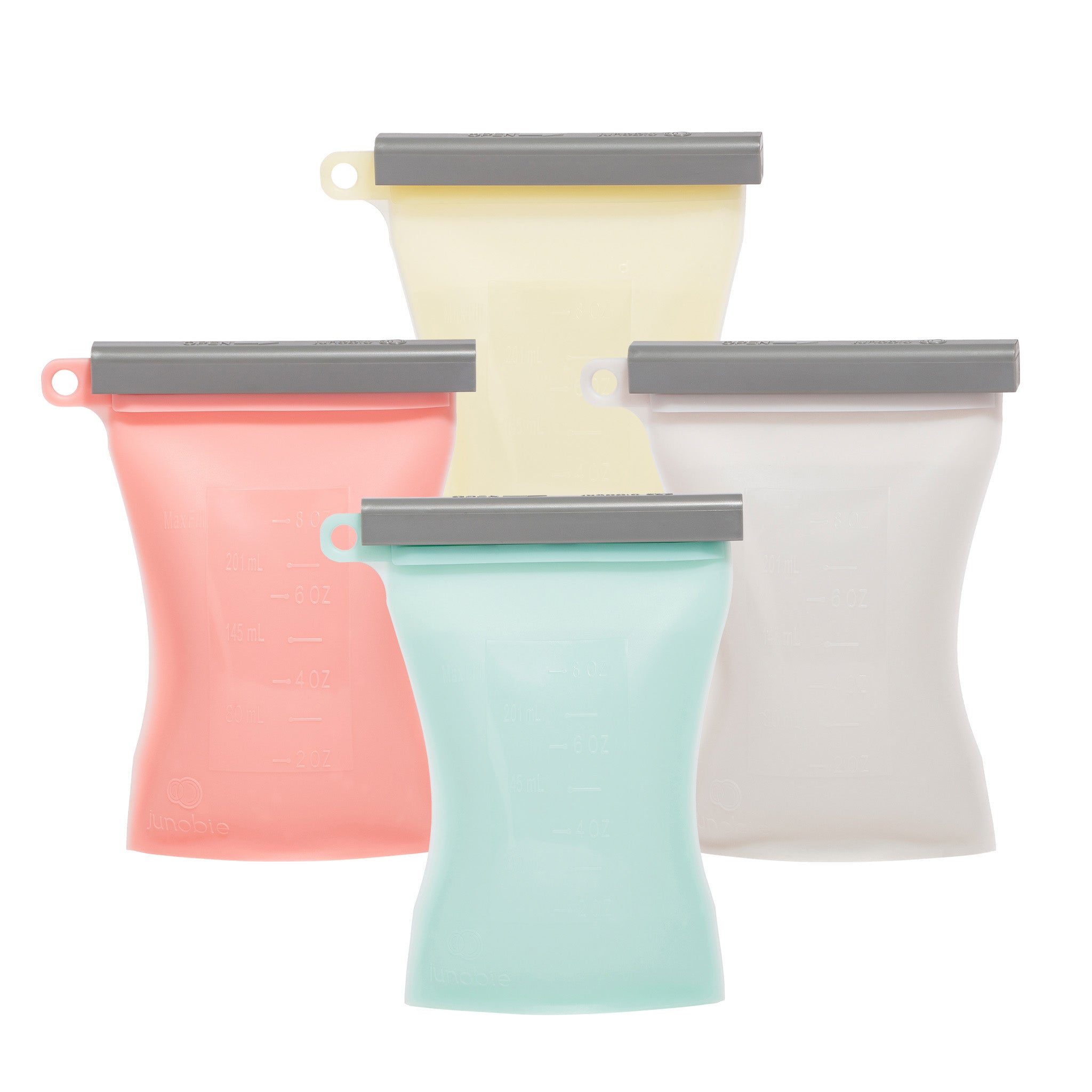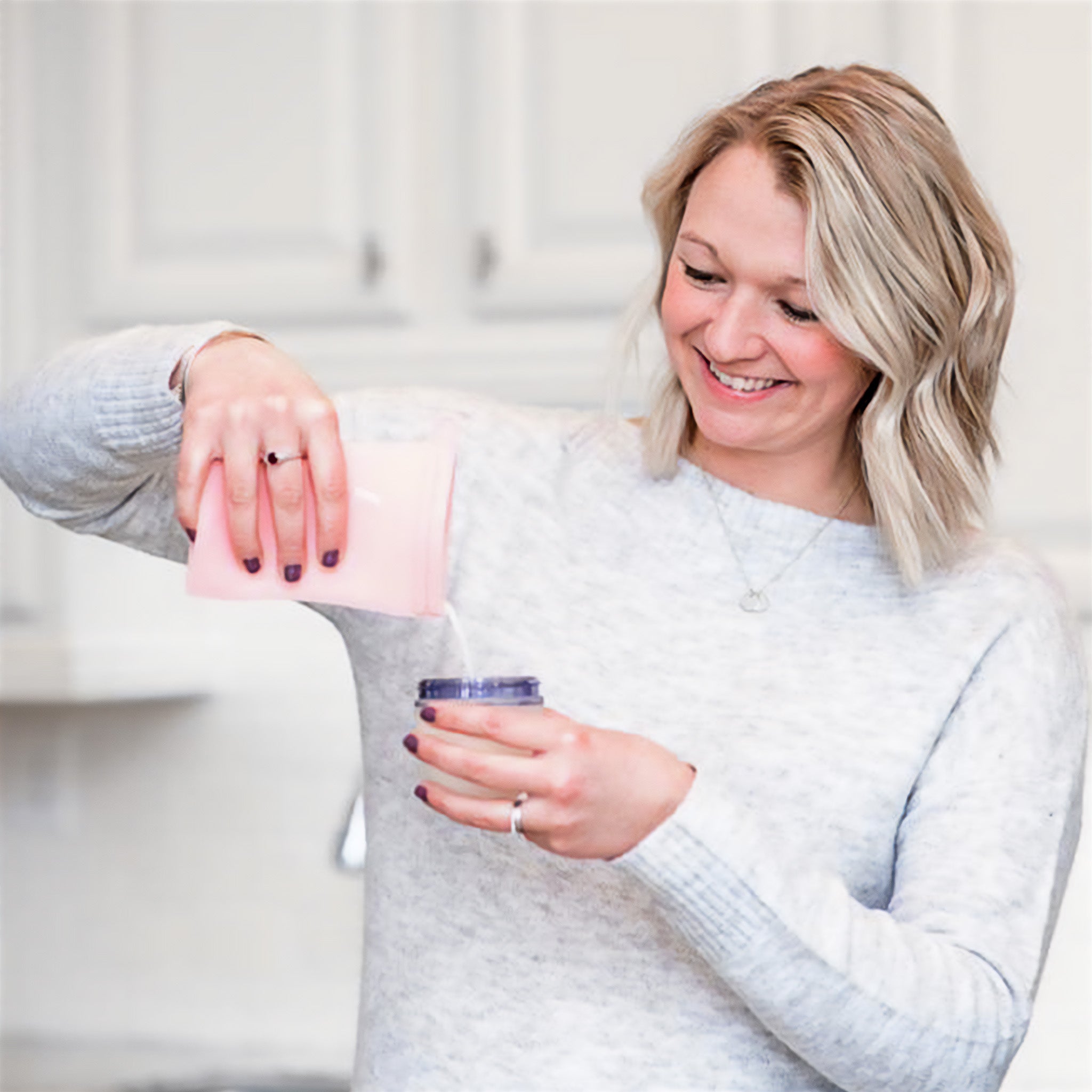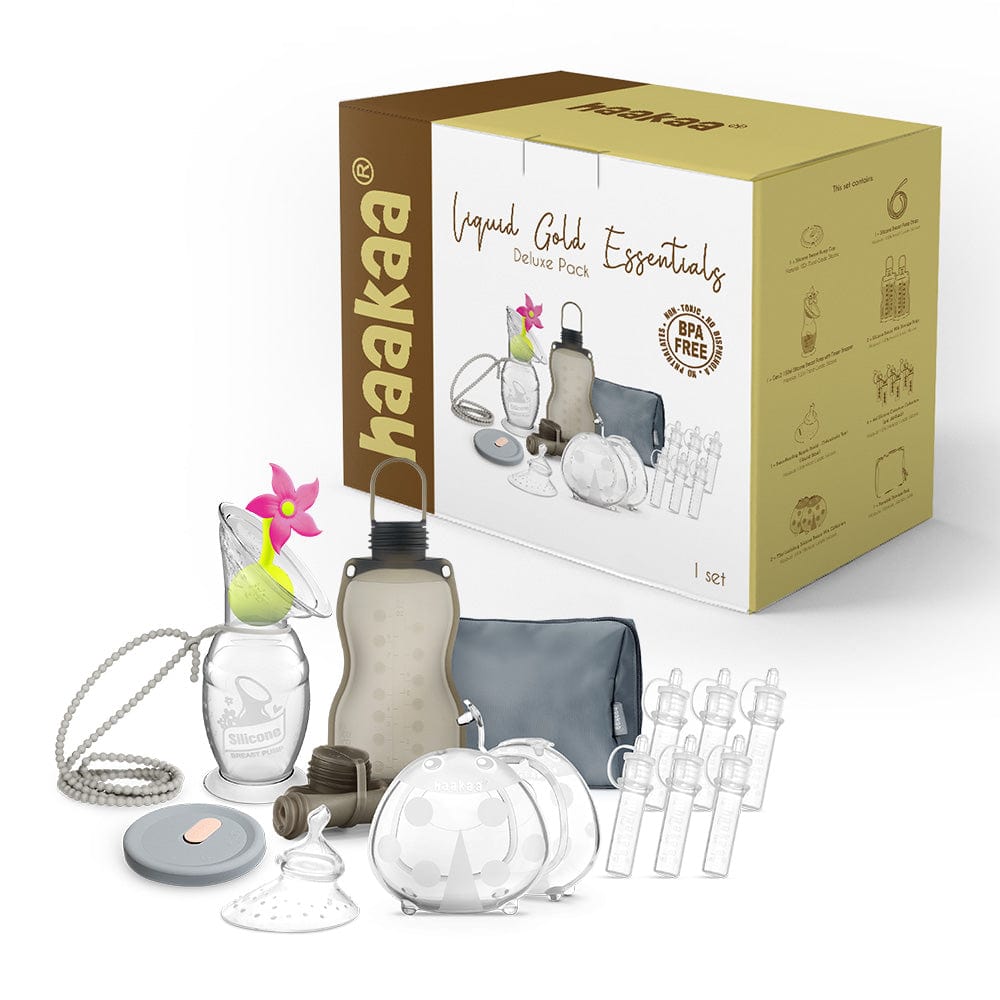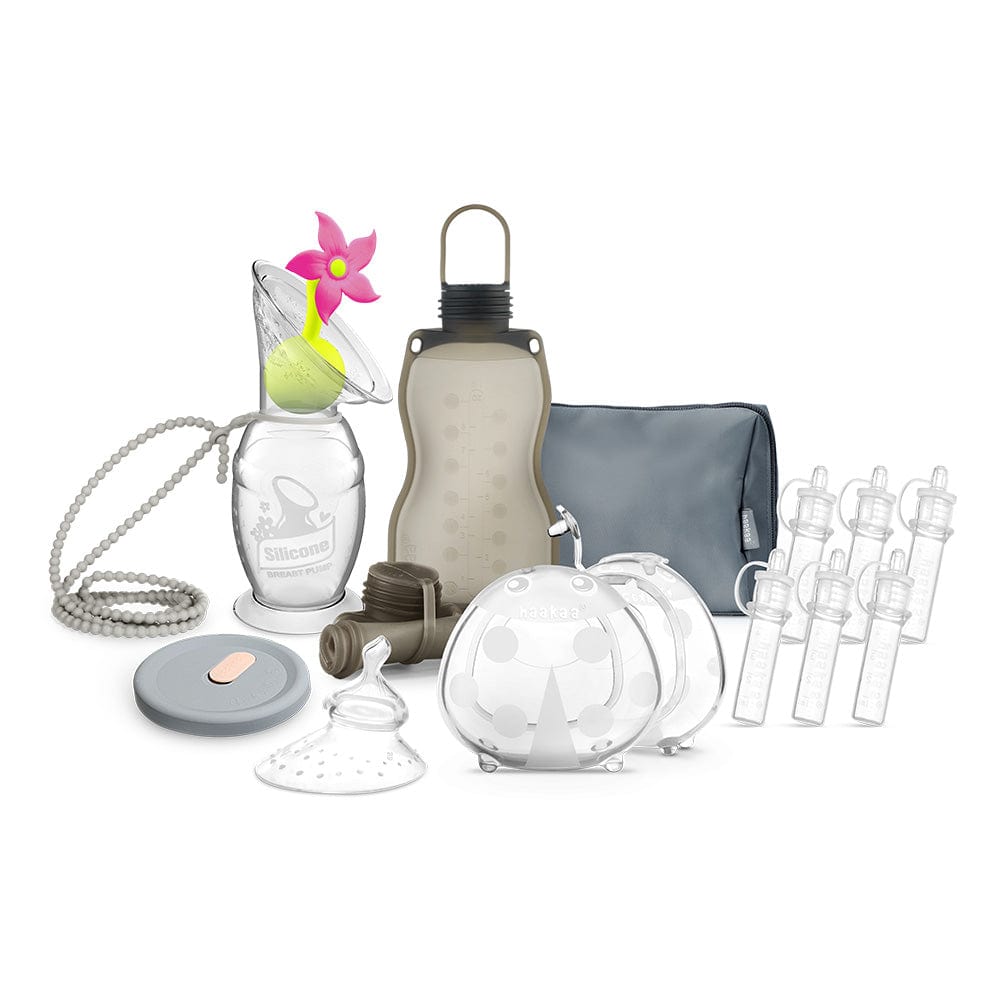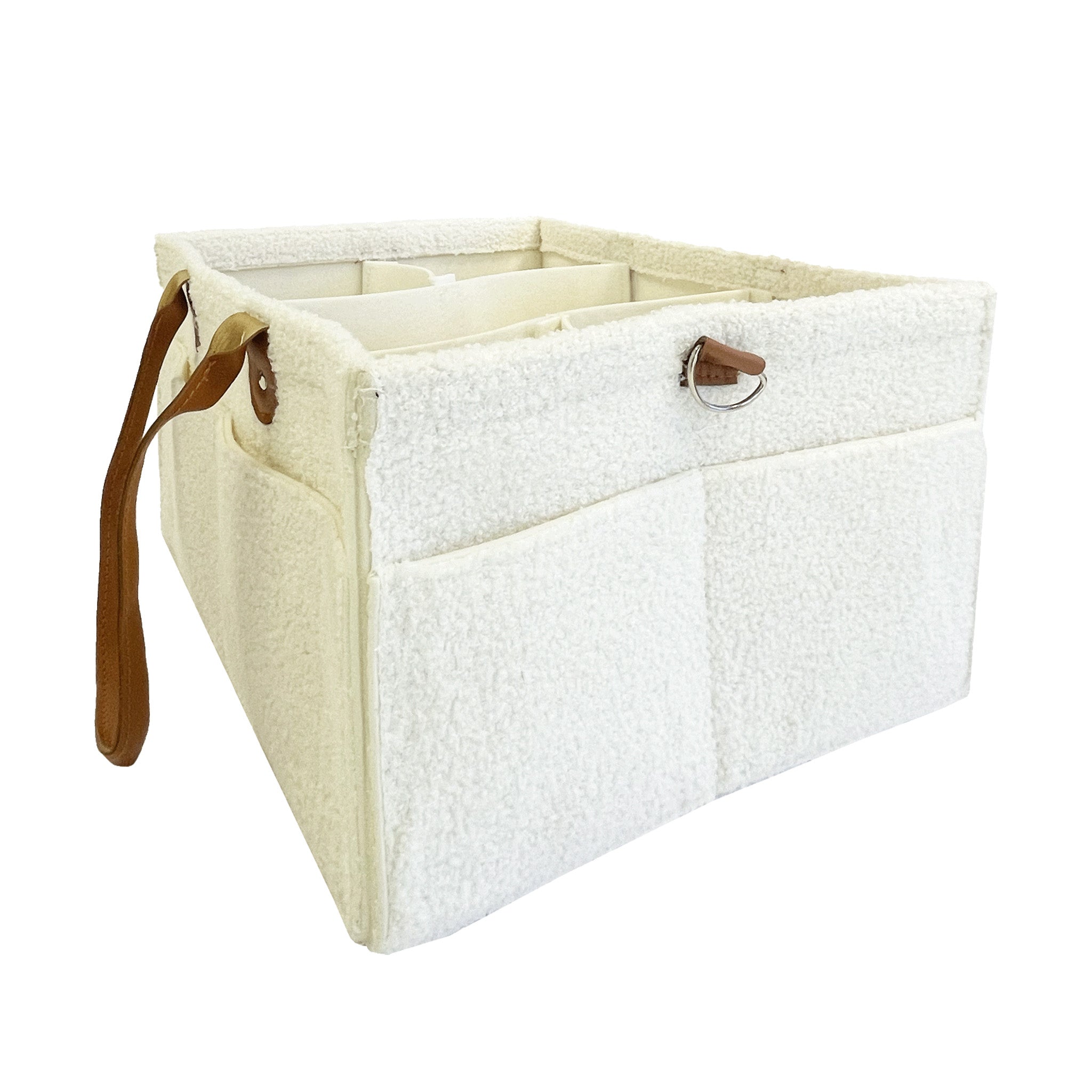Red and yellow and pink and green. Yes, they may be the colours of the rainbow but they’re also the colours your breast milk can sometimes be! And while it may seem strange, colour changes in your milk are, for the most part, pretty normal.
Read on to find out why and how it happens and when you might need to speak to your caregiver.
What colour is breast milk supposed to be?
So, what colour is breast milk actually supposed to be? According to the Australian Breastfeeding Association, the colour of breast milk varies. Colostrum, the first milk that your body produces is usually yellow-gold in colour. If you’ve expressed colostrum during pregnancy or shortly after birth, you’ve likely noticed the ‘liquid gold’ shade. As your milk comes in and established, it usually takes on a blue-white shade. This isn’t always the case though. Mothers who express regularly have reported shades of pink, yellow, orange, green, red, brown and even black! If you’re not a mum who expresses, chances are, your milk has changed colour at some stage but you (and your baby) haven’t even noticed!
Why does my milk change colour?
There are a number of reasons why your mature milk might change colour. Generally, it is due to something you have eaten with highly coloured and pigmented food and drinks being the primary culprit. Blood, from nipple damage or an infection within the breast (like mastitis) can also be to blame. Less commonly, certain medications can cause a shift in colour.
All the colours of the rainbow
Generally, the most common colours you might see in your milk are green, blue, pink, yellow, brown, orange and black.
Green or blue – This is usually caused by eating a large quantity of green or blue coloured foods including green veggies and kelp or seaweed products. Blue food dye can also mean that milk takes on a greeny/blue tinge.
Pink – Pink milk can be caused by eating highly pigmented pink or purple foods like beetroot. In some cases, a pink tinge can also mean that there is some blood in your milk. If you are not suffering from any nipple damage or a breast infection then it’s likely something you ate.
According to the ABA, in some rare cases, bright pink or ‘fluro’ pink milk can sometimes mean that a common bacterium called Serratia marcescens is present. If you notice this colour on your breast pads or in your expressed milk, it’s a good idea to chat with your GP to ensure no treatment is needed.
Yellow or orange – Apart from colostrum, yellow or orange milk is usually caused by eating yellow or orange foods like pumpkin or carrots.
Red or brown – Red or brown coloured milk is usually indicative of blood in the milk. According to the ABA, it can be common to see slightly blood-stained colostrum or milk in the first days after giving birth due to your milk ducts adjusting to their new role. After this period, these colours usually indicate that there is some blood in the milk, most often from a cracked nipple. If this happens, don’t panic. Swallowed blood will not harm your baby though it can sometimes lead to a change in the colour of their poo or vomit.
If you can’t see any damage to your nipple and you don’t have any symptoms of infection, it may be worth speaking to your GP to rule out any other causes. In some cases, a condition called intraductal papilloma can cause small, benign growths to form on the lining of the milk duct which can then bleed. Speaking with your GP can provide more detail and put your mind at ease if you are concerned.
Black – A black tinge to your milk might seem concerning but generally the culprit is medication. Certain types of antibiotics can cause the colour change so make sure you speak with your doctor and let them know you are breastfeeding before they prescribe.
If my milk has changed colour, is it still ok to feed to my baby?
Your breastmilk is the best food source for bubba, regardless of colour. If you think about it this way; unless you’ve pumped, your baby could be drinking multi-coloured milk and you’d never know! If your pumped breastmilk takes on a slightly different hue it is still completely fine and safe to feed to your baby, provided the proper storage guidelines have been followed.

